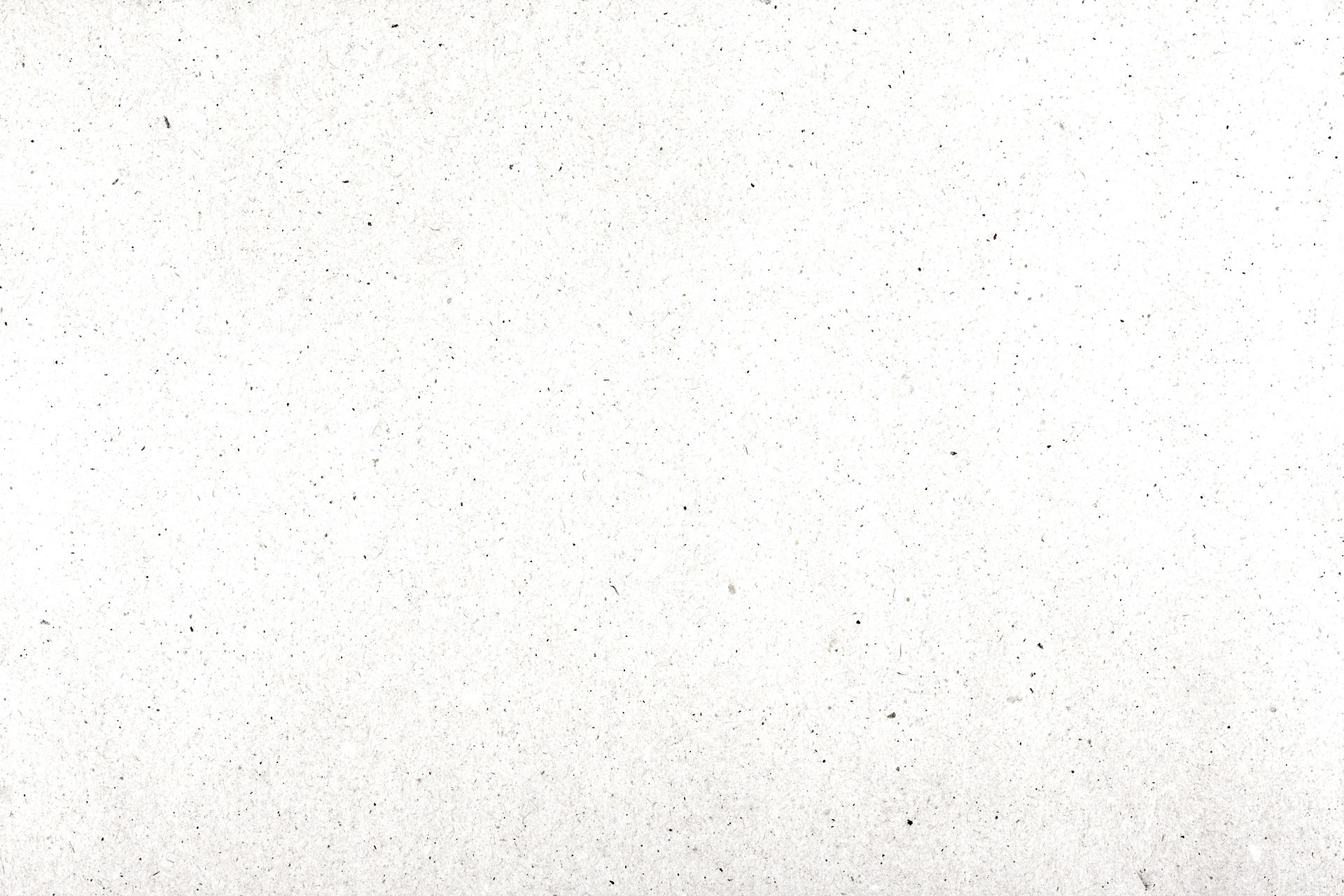Clefs
- Fractal Admin Team

- Aug 3, 2020
- 2 min read

A clef is a symbol that indicates where notes lie on the staff.
Clefs are used to tell players what note names correspond to the lines and spaces on the staff and to reduce the need for excessive ledger lines. The four clefs we'll discuss here are the treble, bass, alto, and tenor clefs.
The treble clef is one of the most recognizable musical symbols. It marks the top of the grand staff and is used by many instruments, including the violin, mandolin, and trumpet as well as the majority of saxophone sheet music and the upper notes on the piano (generally played with the right hand). The treble clef is sometimes referred to as the "G clef", as the lower part of the clef wraps around G4 on the second line from the bottom of the staff.
The bass clef is also very commonly used. Its range encompasses the majority of the low and often large instruments, including the double bass, bass guitar, tuba, and timpani. The lower notes on the piano (those most often played with the left hand) are also notated in the bass clef. You may see the bass clef referred to as the "F clef". This is because the clef begins on F3 on the second line from the top of the staff. The two dots next to the curve of the clef also frame that line.
The alto clef is used more rarely than the treble or bass clefs. It is sometimes referred to as the "viola clef" because the viola is the instrument most commonly notated using the alto clef. The alto trombone also sometimes uses the alto clef.
The tenor clef is also more rarely used, and is predominantly used to eliminate excessive ledger lines in the upper ranges of instruments such as the bassoon, cello, and euphonium.
Both the alto and tenor clefs are "moveable-C" clefs; the center of the point of the clef indicates the location of C4 ("middle C"). In the alto clef, C4 is on the third line. Alternatively, in the tenor clef C4 is on the second line from the top of the clef.





Comments